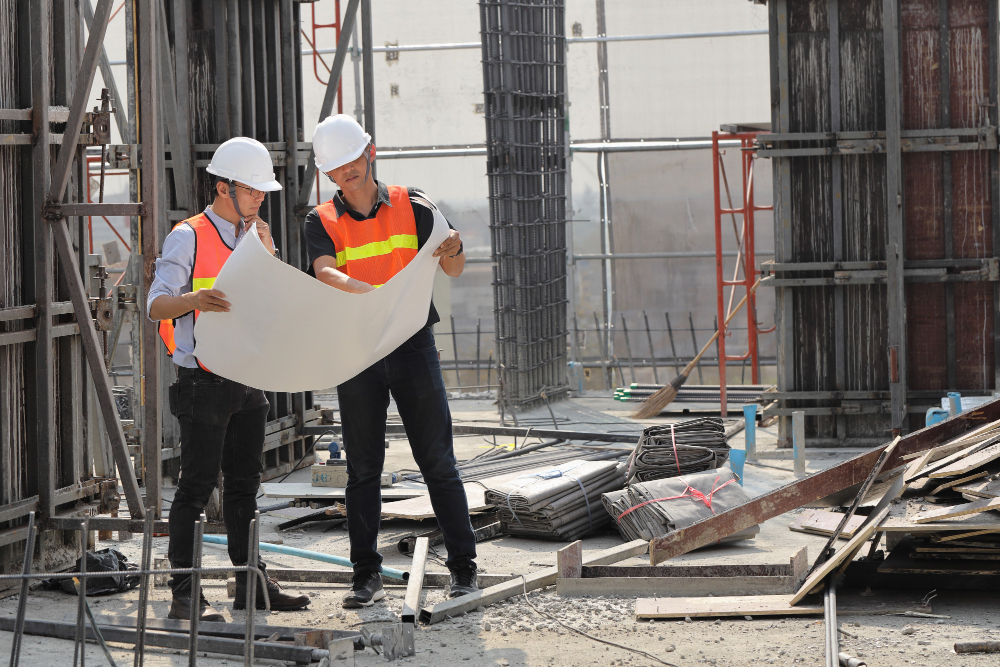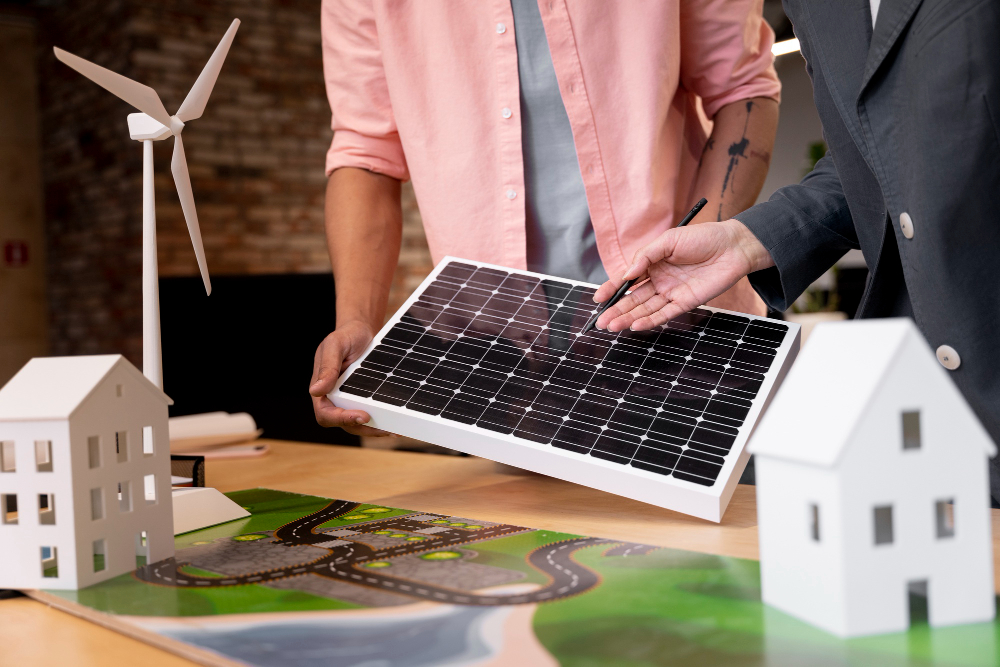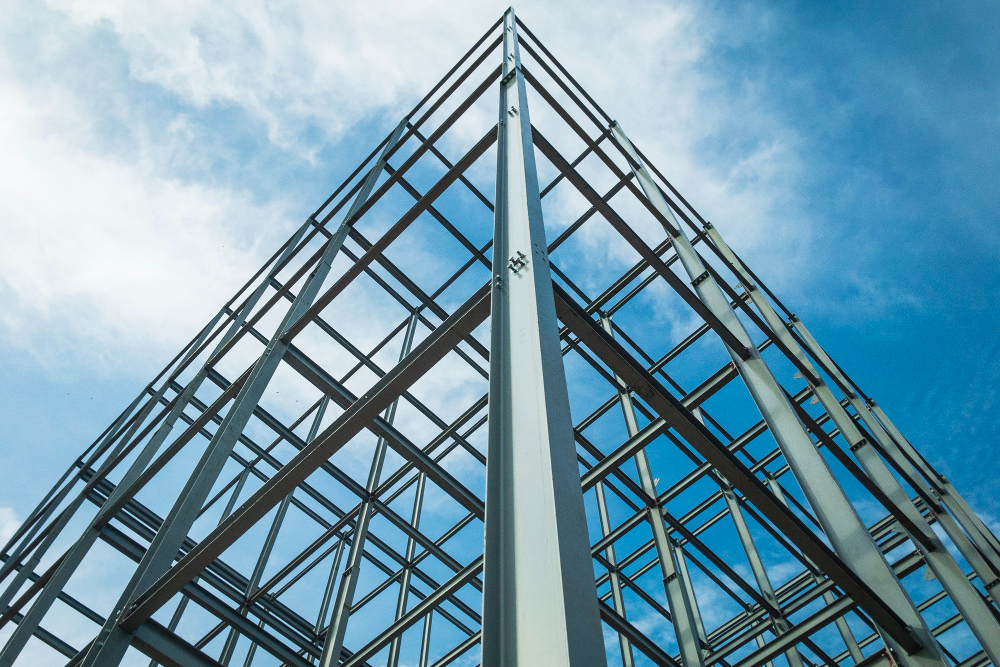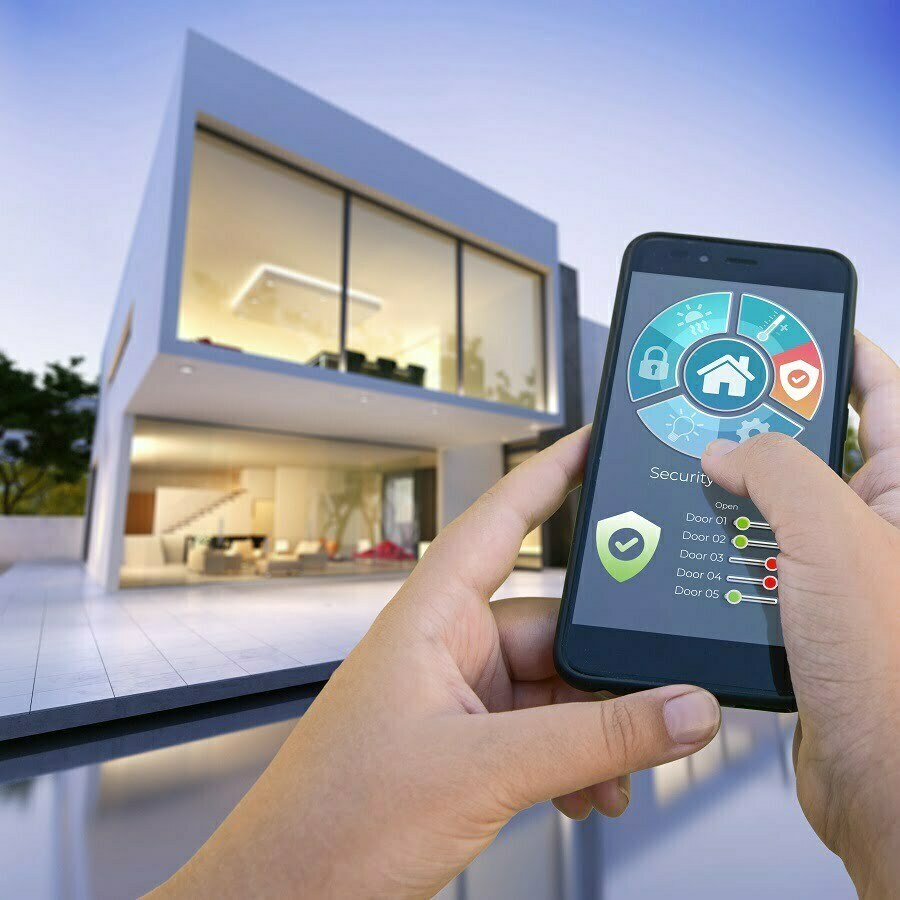Last updated on
Construction methods play a key role in the construction industry, especially in urban environments dominated by tall buildings and office complexes.
This article discusses the variations between traditional and sustainable construction approaches. The information provided is for professionals in commercial construction, business owners, and environmentalists committed to sustainability.
Construction Methods and Sustainable Approaches

Let’s look into how buildings are made in construction, especially the tall ones you see in cities and urban centers. We’ll check out the usual ways and the more eco-friendly methods to see how they affect our cities, businesses, and the environment.
Traditional Construction
Conventional builders and contractors typically use standard methods with materials like concrete and steel.
Traditional construction is the way things have been built for a long time. It typically uses common materials like concrete and steel to create buildings and structures. Although traditional construction methods are commonly used, they can be resource-intensive, involving significant materials and energy.
There is a growing interest in exploring newer, more environmentally friendly construction approaches to minimize the impact on the environment.
Green Construction
The commercial sector is shifting towards green building, using eco-friendly materials, practices, and energy-efficient technologies. Adopting these approaches helps lessen the building industry’s harmful effects on the environment.
Adopting Green Practices in Modern Commercial Construction
Recognizing sustainability is the first step. Integrating it into modern commercial construction requires architects, engineers, and builders to rethink traditional methods and prioritize environmental and economic sustainability.
Longevity, Resource Consumption, and Impact on the Environment

Let’s talk about building longevity, resource use, and construction’s impact on the environment.
Longevity
Using sustainable construction methods increases the longevity of buildings. Utilizing durable, high-quality materials reduces the frequency of repairs or reconstructions for commercial buildings.
Resource Consumption
The more traditional method of construction uses plenty of resources, including materials and energy.
Environmentally conscious methods prioritize using resources wisely, using recycled materials, and minimizing waste to create more efficient and eco-friendly buildings.
Impact on the Environment
We find noticeable differences when we compare the environmental impact of traditional and sustainable commercial construction.
Eco-friendly practices decrease carbon footprints and reduce waste and energy use, supporting global efforts to take on climate change.
Green Building Design and Eco-friendly Materials
Green building design is gaining popularity in commercial construction. This involves designing structures with energy efficiency in mind, incorporating eco-friendly materials such as recycled steel and bamboo.
This approach of using materials and elements, like the BA-PFI fire-rated insulated access door, helps the environment and improves commercial buildings’ overall performance and appeal.
Renewable Energy Integration in Construction
Green construction typically involves using energy sources like wind turbines and solar panels. You can incorporate these into commercial and industrial buildings to generate clean power, decreasing reliance on conventional energy grids.
Benefits of Sustainable Commercial Construction
Using eco-friendly construction in business has many benefits. It saves costs, boosts corporate responsibility, and enhances market competitiveness. Additionally, these practices contribute to a healthier environment by reducing resource use and emissions, making communities more robust.
The Takeaway
In shaping city skylines, commercial construction has a chance to build sustainably for the future. Industry professionals can design and build structures that have a very minimal impact on the environment by adopting sustainable approaches.
Business owners benefit beyond profits, fostering a commitment to responsible development. Environmentally friendly commercial construction practices lead to a more green, resilient, and environmentally conscious urban landscape.
Related reading:
Table of Contents





